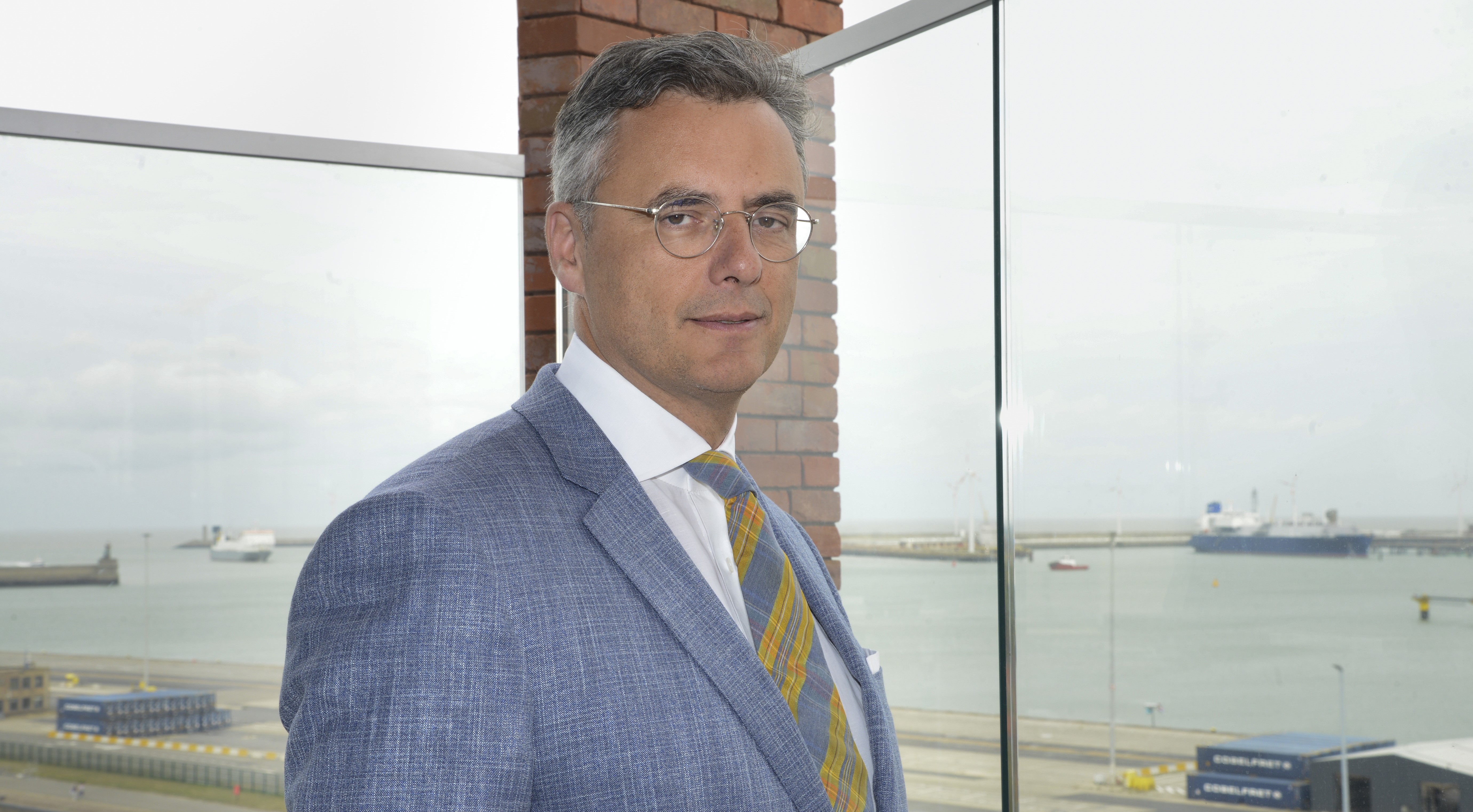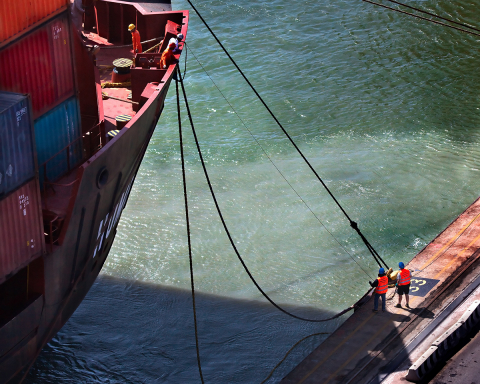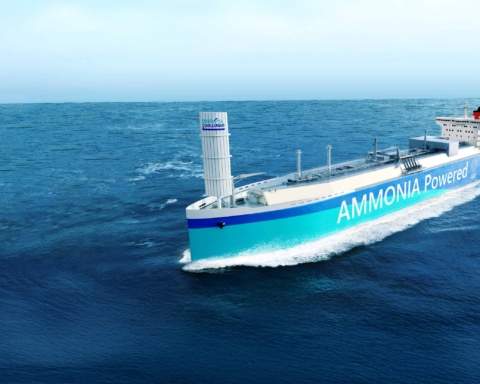The ports of the future? “They will be increasingly characterized by active, accessible services through the Web, and the 5G will soon be the only standard of reference,” says the CEO of Zeebrugge Port Authority, Joachim Coens.
The Belgian port is one of the most important European hubs for short-sea shipping services and a landmark at continental level in ro-ro and new car traffic: the 2.2 million new vehicles handled in the first nine months of 2019 are an important record for a port that now aspires to put itself to the test in the Innovation Technology field.
Over the last few days, the Belgian port has in fact developed an ambitious plan for the development of new mobile technology that aims to install six 5G antennas in the port: three of these will be installed by the end of 2019 and positioned in the most strategic points of the area behind the port, the other three will be installed in 2020 and positioned inside the port itself.
“We are investing in this new technology because we believe in the usefulness of innovation applied to port activities,” says Coens, who admits that the main objective is to make Zeebrugge a ‘living lab’ for the complete digitization of port operations.
“The 5G will completely revolutionize the processes of loading and unloading of goods – adds Coens – making them more efficient through augmented reality technologies responsible for the transmission of integrated information.”
The manager explains that the new generation of mobile technology will ensure tomorrow’s ports greater efficiency, competitiveness, safety and environmental sustainability: “As a Port Authority we want to be the guarantors of this innovation process and try to use the 5G as an accelerator of digital transformation.
At the heart of the 4.0 paradigm is the centrality of the data and its analysis: enabling technologies such as IoT, Blockchain and Big Data have already helped to generate greater operational efficiency throughout the supply chain, helping to shorten the production/consumer chain from origin to destination, and to cancel any intermediation in the dialogue between customers, carriers and goods. 5G will do the rest, giving a further impulse to the technologies related to the extension of the man-machine dialogue and related items.
From this point of view Zeebrugge aims to become for Belgium what the port of Livorno is today for Italy, a natural test bed for digital innovation: “In the first phase – explains Coens – we will try to use the new standard of mobile communication to enable sensors and smart devices to communicate with each other, such as those for air pollution detection, or those on the quayside for maneuvers.
In addition, “the exchange of information will be enabled and immediately shared among companies, port authorities and service users for the rapid sharing and adoption of efficient solutions.
For Coens, the future can only be hyper-connected and automated: “The ports have already opened their doors to technological evolution, the 5G is for Zeebrugge not only a bet but also a real investment.
Translation by Giles Foster




